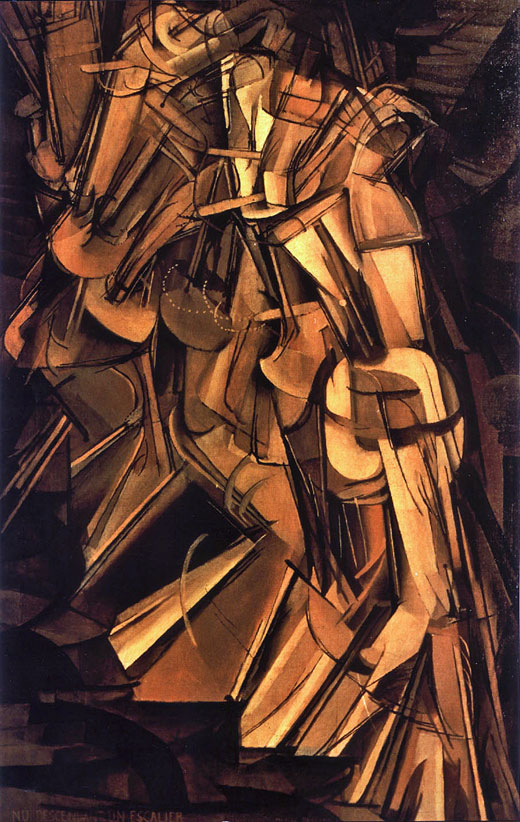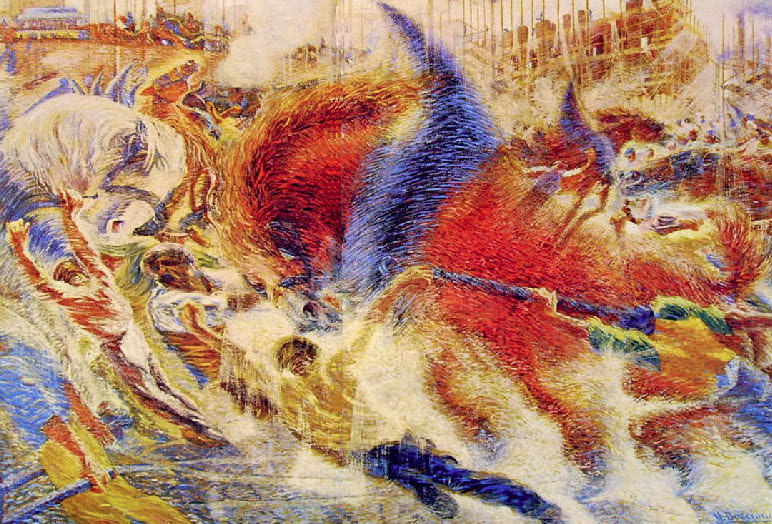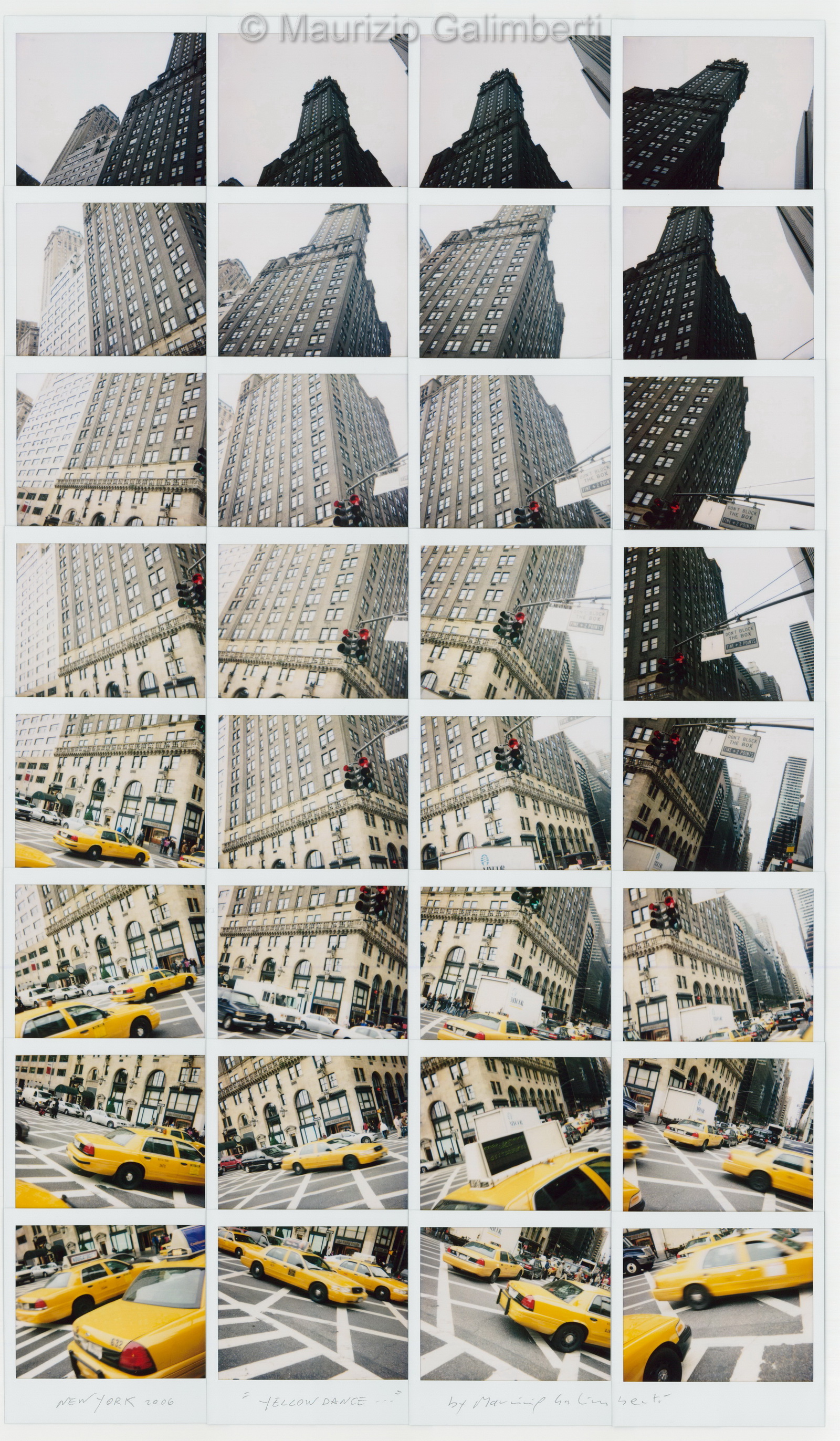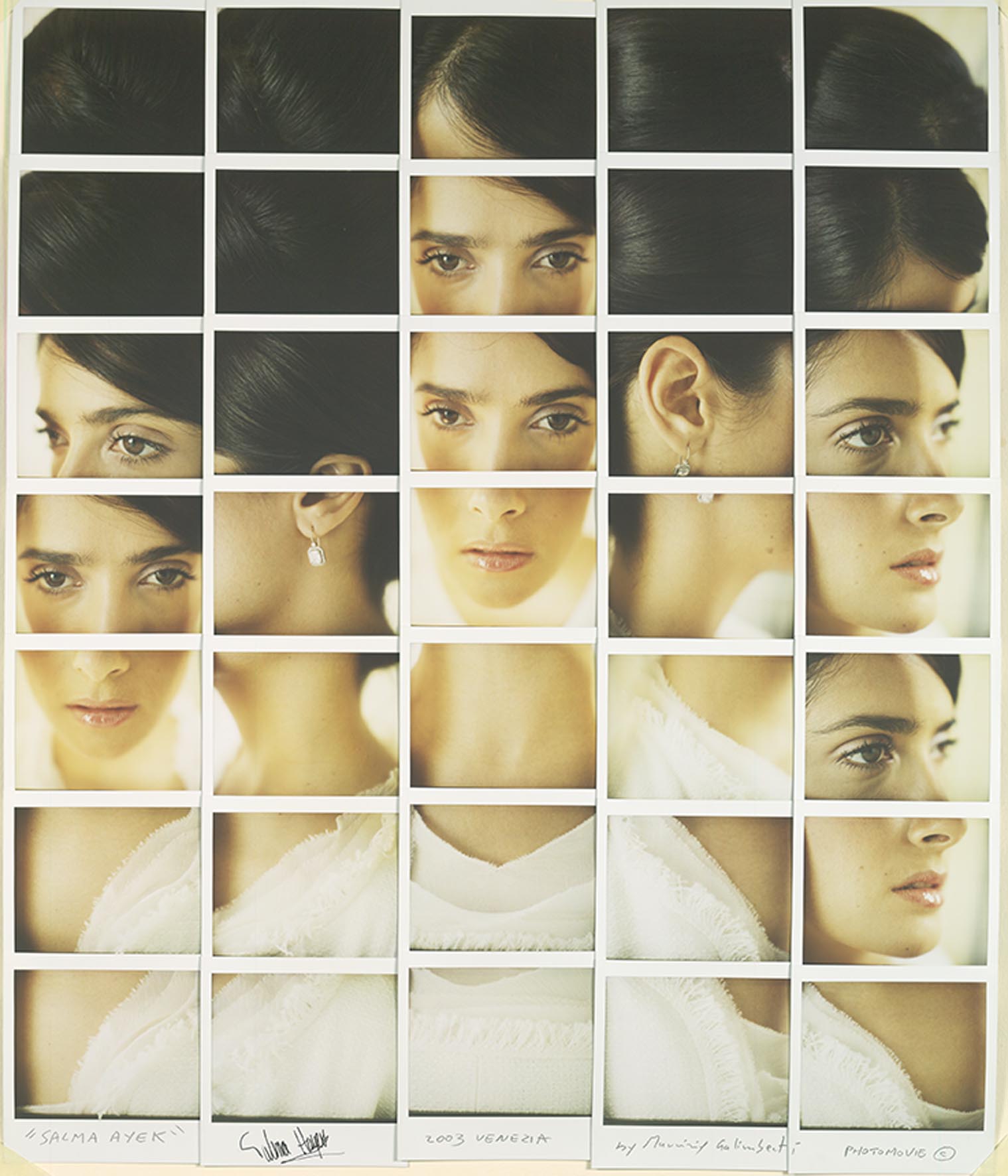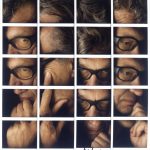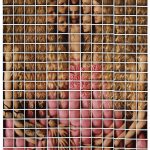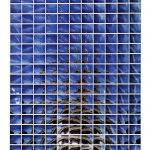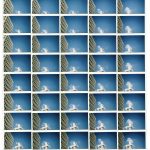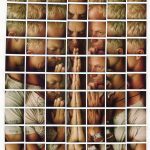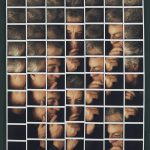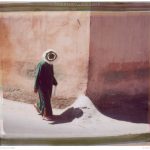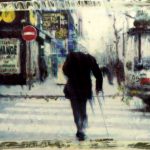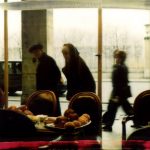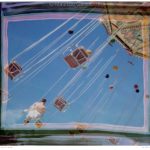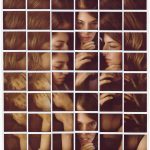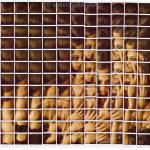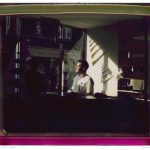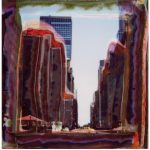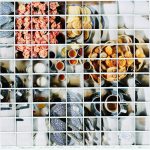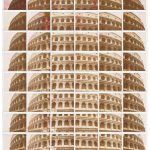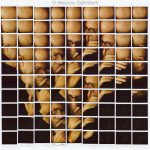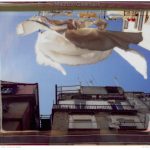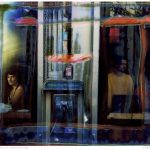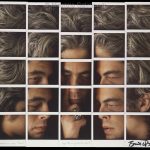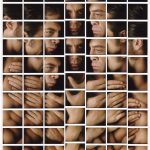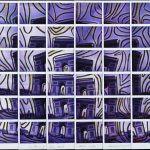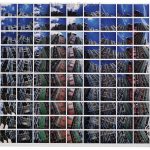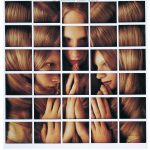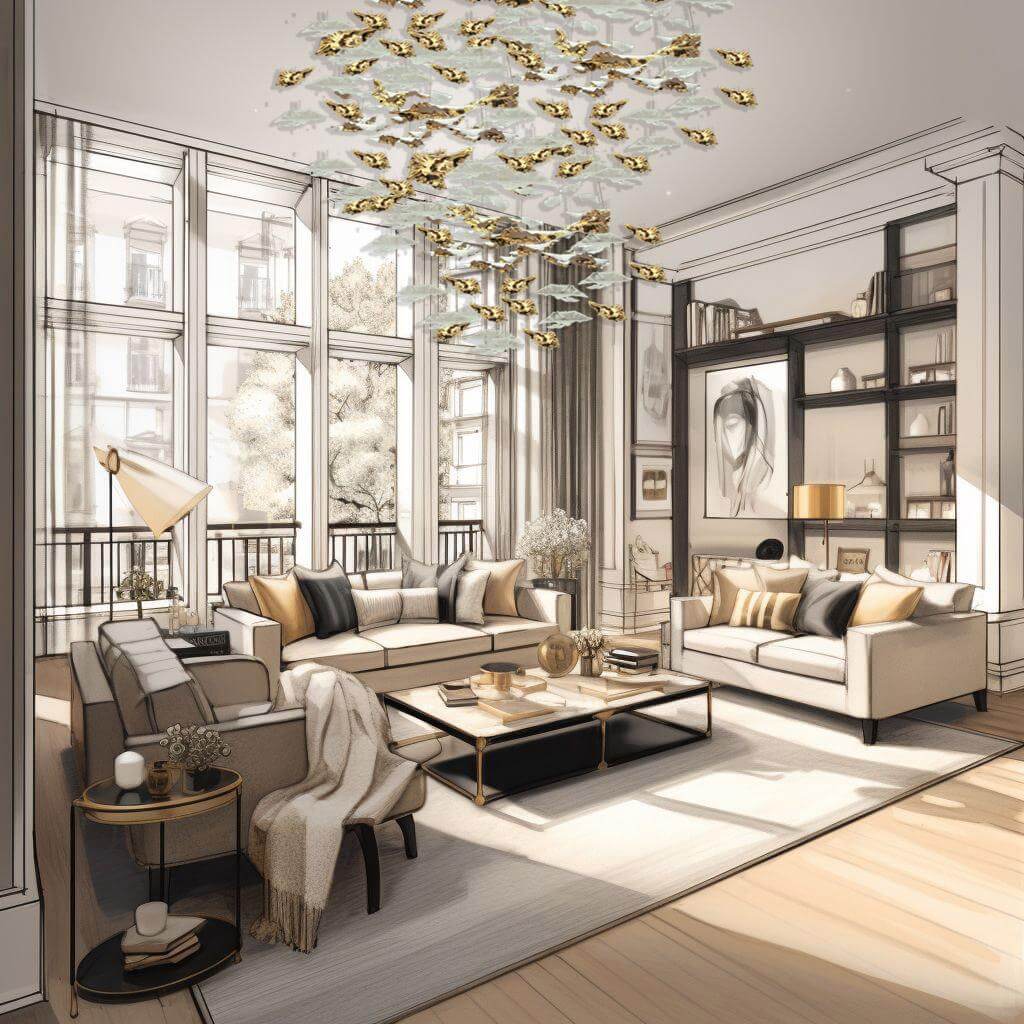For the series ‘In conversation with…’, RotaGiorgino is proud to introduce Maurizio Galimberti
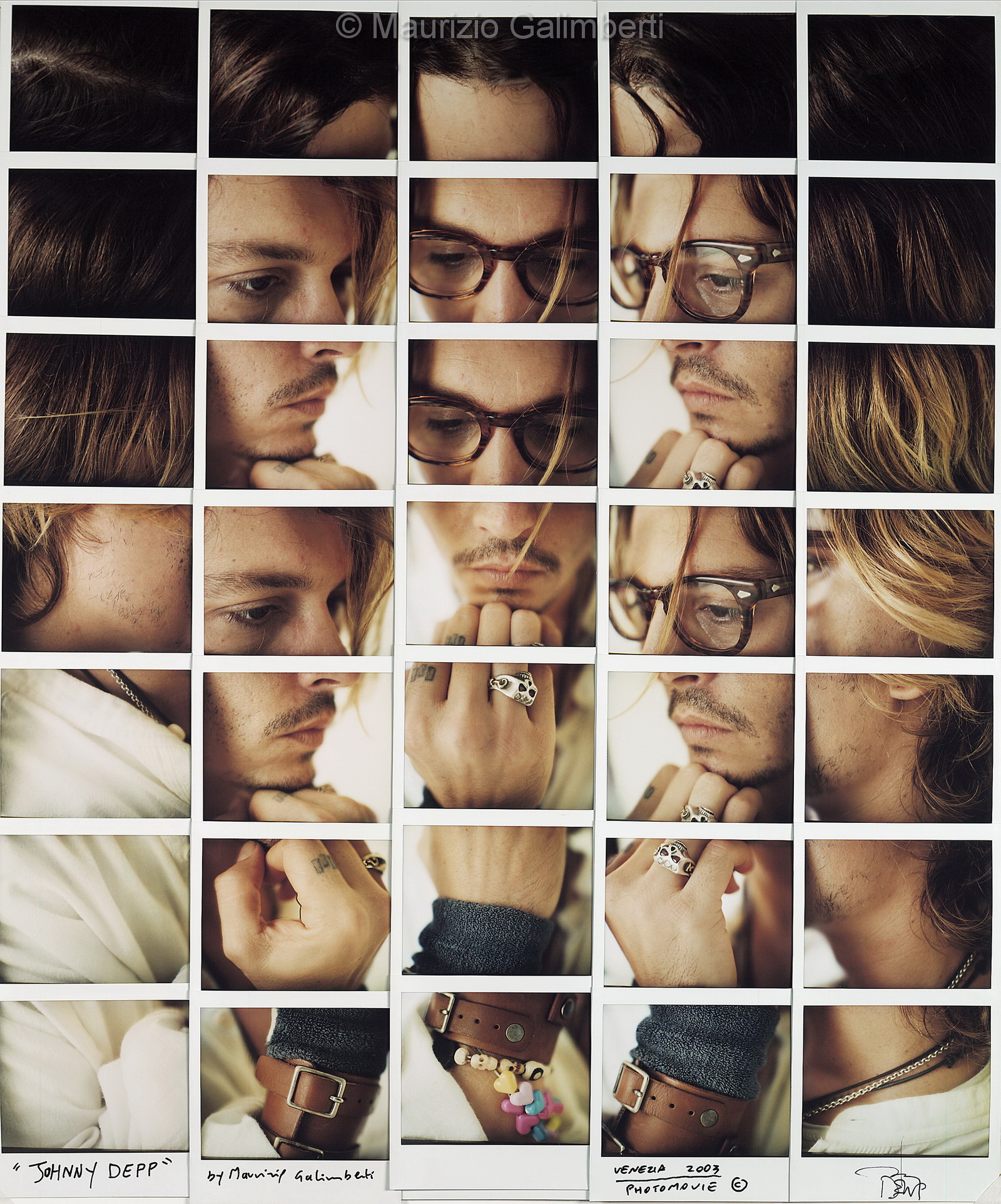
Maurizio Galimberti is a world renowned Italian ‘Maestro’ of photography, who creates unique portraits and other images with a unique photographic mosaic technique using Polaroid films
RG: How did your style begin and who or what inspires Maurizio Galimberti?
MG: My style has been contaminated by Boccioni’s futurism and by Marcel Duchamp’s ‘Nude Descending a Staircase’.
My photography is surely the synthesis of these two artistic languages.
Also, I have loads of other artistic references, such as Photo-dynamism, Impressionism, Edward Hopper’s Hyper-Realism, Dadaism, Bauhaus,… let’s just say I have been referring a lot to history of art for my inspirations.
In the images below you will see what I have just explained above, since images sometimes can say a lot more than words.
Marcel Duchamp – Nude Descending a Staircase (1912)
Umberto Boccioni (1882-1916), La citta’ Sale, 1910-1911 – MoMA Museum of Modern Art, New York
‘New York’ – Maurizio Galimberti, 2006
RG: The most difficult portrait you have ever done
MG: The most difficult portrait was definitely Salma Hayek’s.
She wouldn’t want to do the portrait without holding a reflecting panel in her hands in order to light up her face. She insisted that her face needed more light. I was literally desperate.
We were in Venice, at the Hotel Des Bains in the Lido and I literally had only 15 minutes to do the portrait.
Suddenly, Johnny Depp walked in. He had just finished to take his portrait with me briefly before her.
He told Salma to remove the lighting panel immediately and trust the “Maestro”. Depp said that he had just taken the most beautiful portrait of his entire life.
She obviously listened to JD and finally removed the reflecting panel.
It has been an incredible experience, but the final result was outstanding, as you can see in the picture below.
Because of her attitude, it has been very difficult to achieve such perfection.
‘Salma Hayek’ – Maurizio Galimberti, 2003, Venice
RG: What relationship do you have with your portraits subjects?
MG: Sometimes the silent rhythm of my portraits forces the subjects to ask themselves a question, “Maurizio, where should I look? What should I do?”
I tend not to reply and I keep shooting without wasting a second.
In only five minutes, the shoot is done and in a perfect sequence, ready to be mounted and without adding, removing or amending anything.
I found the answer to the silence and immobility of my portraits while reading “An Inner Silence: The Portraits of Henri Cartier‑Bresson” by Agnes Sire e Jean-Luc Nancy, and in particular this part:
“The real portrait is the one where the subject is not represented doing any actions nor adapts an expression that divert from the self”.
Henri Cartier‑Bresson says: “I especially look for an inner silence, I try to show the personality rather than an expression” and I totally see myself and my work in this statement.
This is the perfect answer to the startling of my subjects, their immobility, their silence, all produced by my portraits.
It is the mental composition of the subject that takes them into a futuristic-duchampian dynamic.
A composition that is obsessive for myself while the subjects are completely still and in silence.
Intimately, I have always looked for Jean-Luc Nancy’s words and, intimately, I have always followed Henri Cartier‑Bresson’s planning like a “zanzara pungente” (stinging fly).
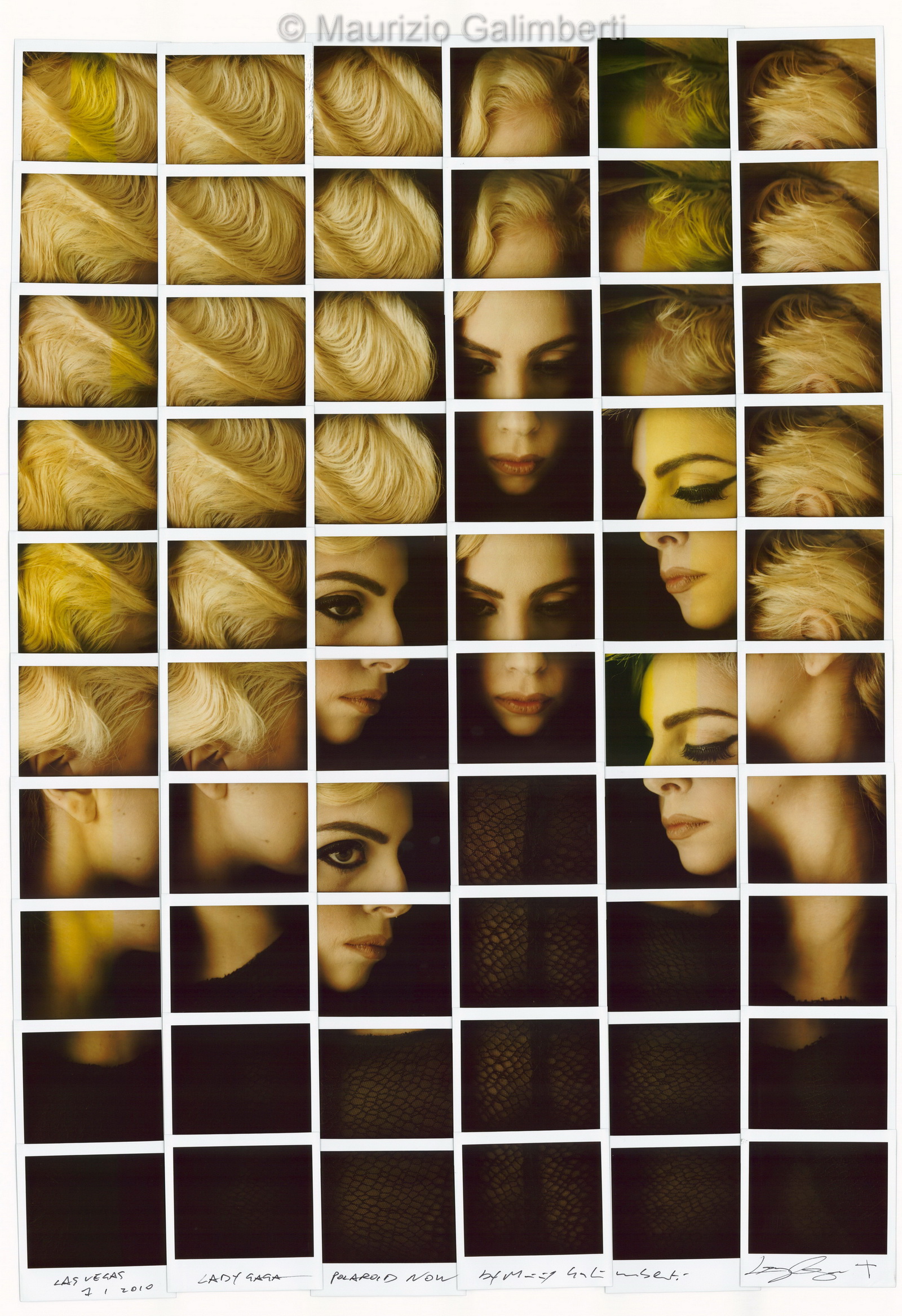
‘Lady Gaga’ – Maurizio Galimberti, 2010, Las Vegas
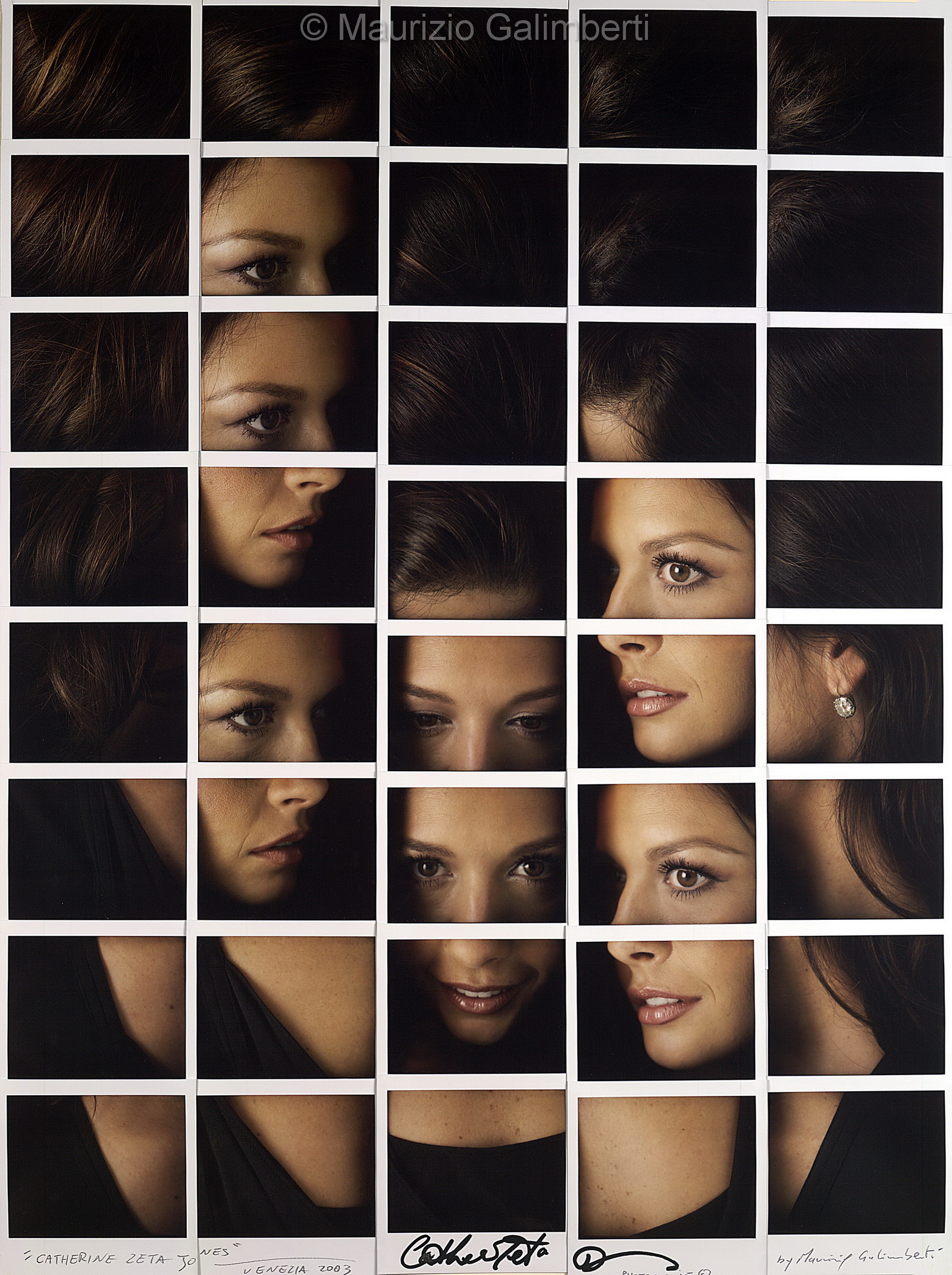
‘Catherine Zeta Jones’ – Maurizio Galimberti, 2003, Venezia
RG: Polaroids are instant photographs. Does it means that there is no margin for errors?
MG: Yes, there is no margin for error because the pictures are ready immediately. When you take a photo, first of all you have it in your head and then in your eyes, because initially you see it and then you have to take it.
If there would be margin of error, it would mean that your project or thought is not efficient. Of course, you can make mistake while taking pictures, but it hardly happens to me because my approach is very direct. Having used instant photography for so many years perhaps made me an ‘image’s killer’.
I am very rigorous when it comes to my point of view and my vision. In fact, in the brief time of the composition, I can make interact all the elements that compose the image.
Nowadays, there is also the Fuji Instax Square 20, which allows you to have a digital file that one can then can print from the camera. It might seem different but at the end the result is the same and even if I could modify the images, it never happens. All this, given my age, is thank to the awareness supported by the experience and planning skills that I have with me when I do photography and I feel inside photography.
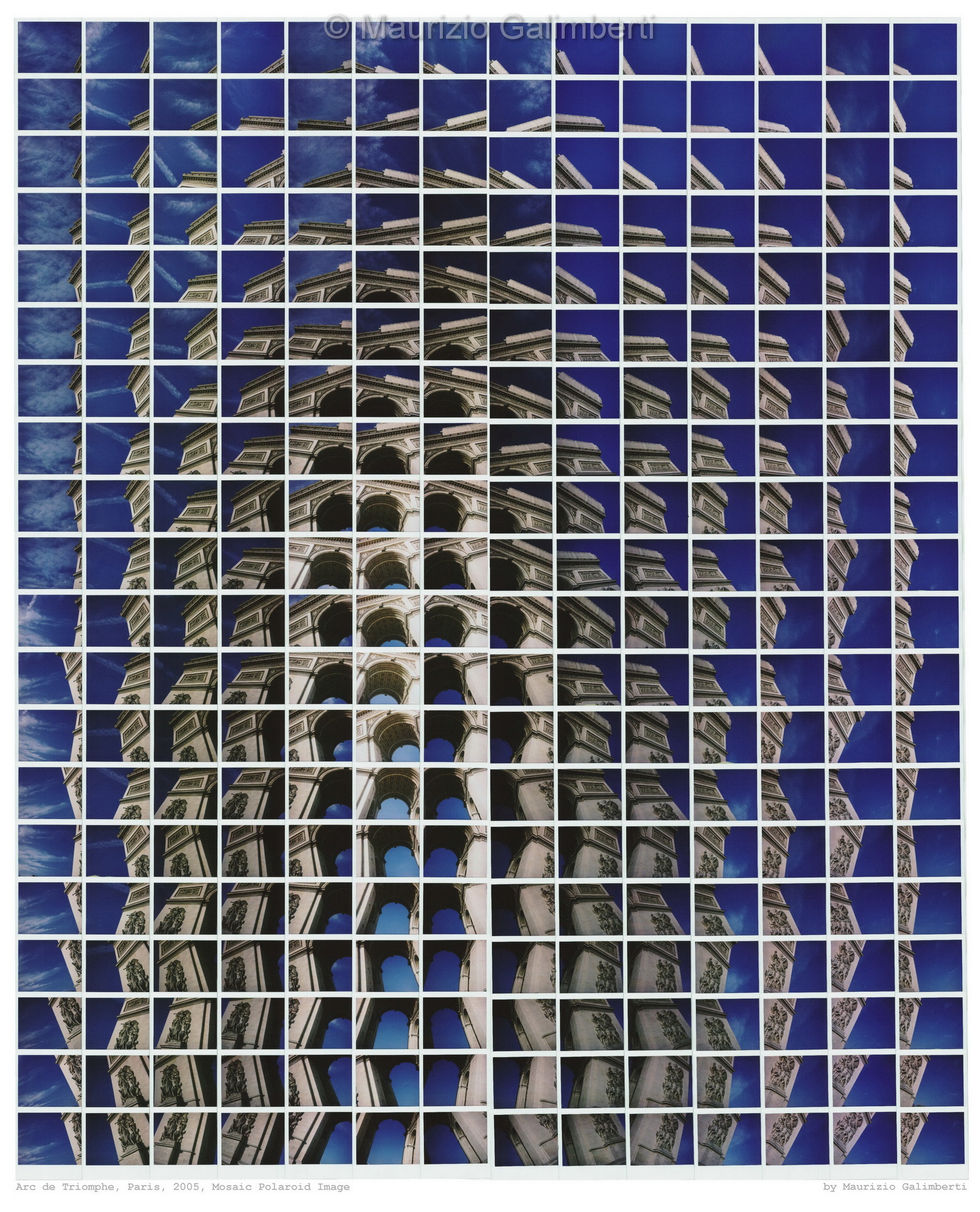 ‘Arc de Triomphe’ – Maurizio Galimberti, 2005, Paris
‘Arc de Triomphe’ – Maurizio Galimberti, 2005, Paris
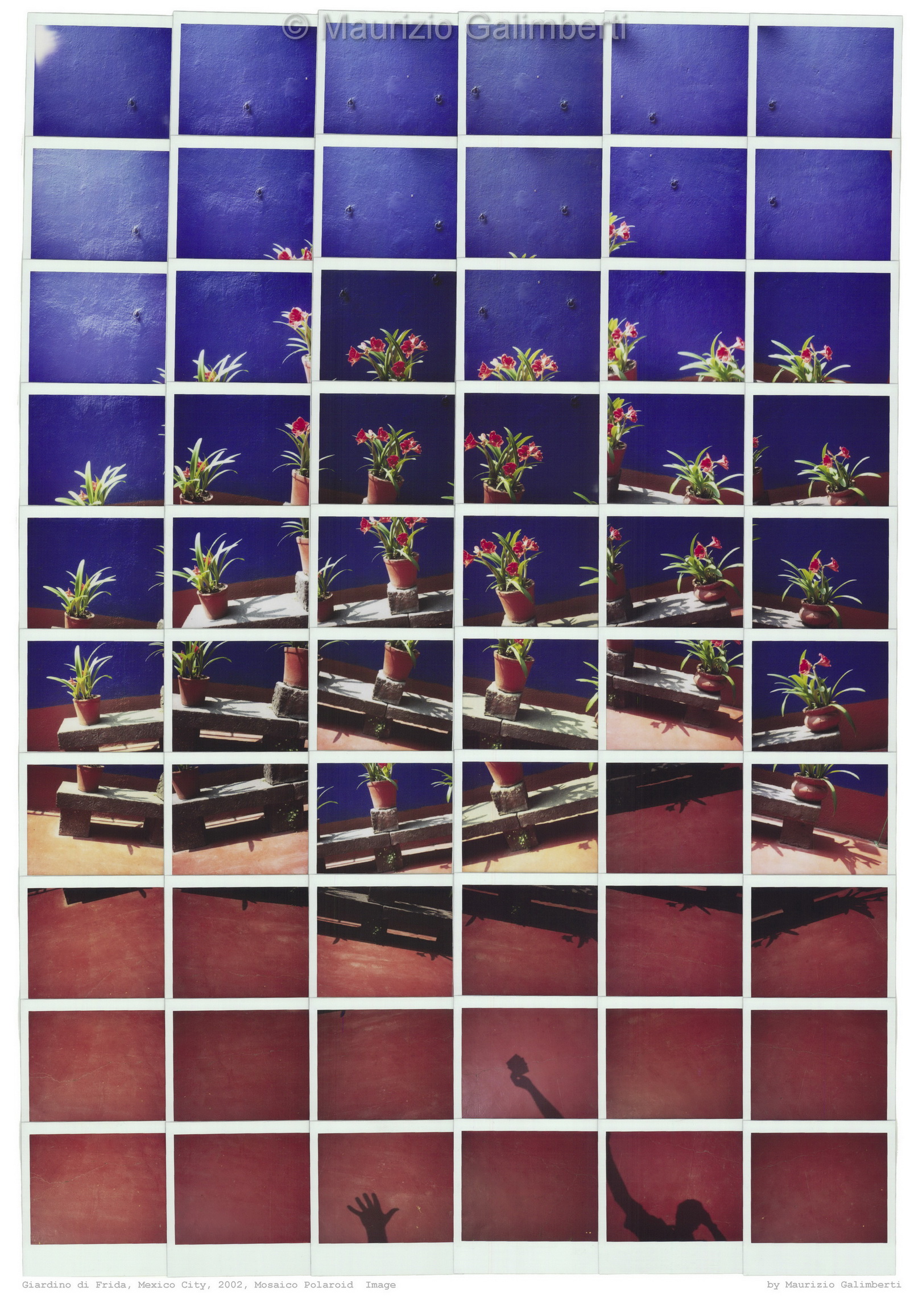
‘Giardino di Frida’ – Maurizio Galimberti, 2002, Mexico City
If you would like to know more about Maurizio Galimberti, please see the links below:
Below is a photo-gallery of Maurizio Galimberti’s best works that the ‘Maestro’ has kindly selected for RotaGiorgino
© All pictures and videos copyright of Maurizio Galimberti unless otherwise specified
© RotaGiorgino – Interior Designers and Architects in London – Luxembourg – Milan

